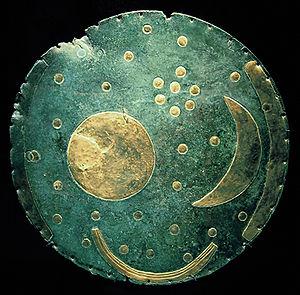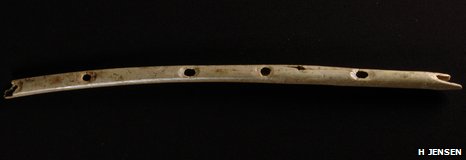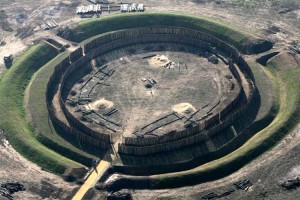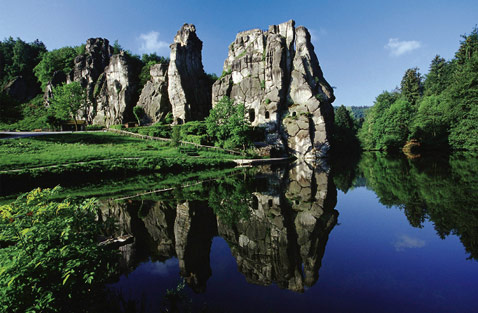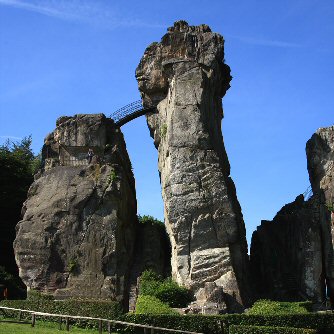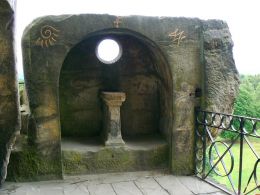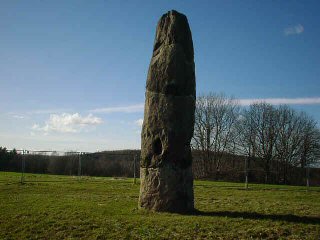The Hohle Fels flute is more complete and appears slightly older than bone and ivory fragments from seven other flutes recovered in southern German caves. It is but one of several exquisitely crafted discoveries form this fascinating cave.
|
|
||||||||
|
|||||||||
|
References: 1). http://en.wikipedia.org/wiki/Eiserner_Mann 2). http://www.guardian.co.uk/world/feedarticle/8580741 4). Mythology: Externsteine. germany-tourism.de. http://www.germany-tourism.de/ENG/culture_and_events/mythology_externsteine.htm. |
|||||||||
|
About Us | Homepage | A-Z Site Index | Gift Shop | Contact-Us |
|||||||||
